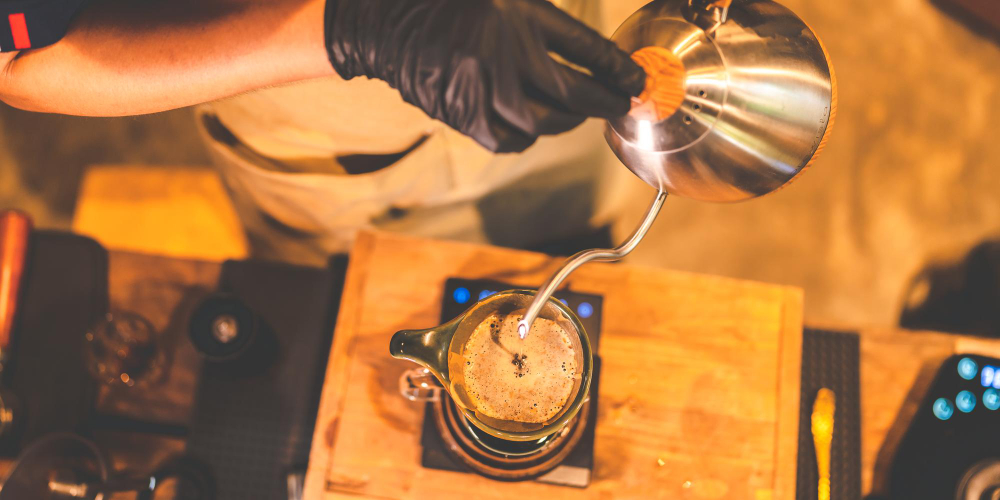
Processing Methods: Washed vs. Natural
Before coffee reaches your cup, it undergoes a crucial stage called processing—the method used to remove the fruit from the coffee bean. Two of the most common processing methods are Washed (or Wet) and Natural (or Dry).
These methods significantly influence flavor, clarity, body, and even pricing. Understanding the differences can help you choose beans that suit your taste preferences and brewing style.
Washed (Wet) Processing
In washed processing, the coffee cherries are depulped, and the mucilage is removed using water and fermentation before the beans are dried. This method emphasizes the bean’s intrinsic qualities, like origin and variety.
Key traits of washed processing:
- Clean, bright flavors: Often showcases high acidity and clarity
- Requires water: More environmentally demanding
- More consistent: Less risk of fermentation defects
- Labor-intensive: Requires careful timing and washing stations
- Popular in Central America, Kenya, Ethiopia
Natural (Dry) Processing
In natural processing, whole coffee cherries are dried with the fruit still intact. Once fully dried, the fruit is mechanically removed. This process imparts fruity, heavy, and complex characteristics to the coffee.
These traits are commonly found in natural-processed coffees:
- Fruit-forward flavors: Notes of berries, wine, or tropical fruit
- Heavier body: Often richer and more syrupy in mouthfeel
- Less water usage: More sustainable in dry regions
- Higher risk: Susceptible to uneven fermentation or defects
- Popular in Ethiopia, Brazil, Yemen
Washed vs. Natural: A Comparison
Below is a side-by-side overview of how the two methods differ in major characteristics:
| Attribute | Washed | Natural |
|---|---|---|
| Flavor Profile | Clean, acidic, floral | Fruity, bold, wine-like |
| Body | Light to medium | Medium to heavy |
| Process | Water, fermentation, drying | Sun-dried with fruit intact |
| Risk Level | Low (if controlled) | High (prone to defects) |
| Sustainability | Less sustainable (high water use) | More sustainable (low water use) |
| Cost | Typically higher | Varies, often lower |
Which Method Is Best for You?
Your ideal processing method depends on what you enjoy in a cup. Do you prefer crisp, structured coffee or wild, juicy profiles?
Use the following preferences to guide your choice:
- Choose Washed: If you like clarity, tea-like body, and defined acidity
- Choose Natural: If you enjoy fruit-forward notes and fuller texture
- Washed beans pair well with pour-over or drip methods
- Natural beans excel in immersion methods like French press or espresso
Common Mistakes
Choosing processing methods without understanding their influence can lead to unexpected flavors or disappointment.
Be aware of these frequent errors when choosing processed coffee:
- Assuming all fruity coffees are flavored (they may be natural processed)
- Choosing washed coffees expecting syrupy body
- Overlooking roast level’s interaction with processing
- Ignoring freshness and storage needs of naturals
Advice for Beginners
New to exploring processing methods? Start with a side-by-side tasting to experience how different the results can be from the same origin.
If you’re just starting out, these tips can help you explore with confidence:
- Buy washed and natural beans from the same region or farm
- Brew both with the same method to isolate flavor impact
- Take notes on clarity, sweetness, acidity, and finish
- Keep other variables (grind, dose, water) consistent
Further Tips
Once you find a preferred style, go deeper with these exploration strategies:
- Look for experimental methods (honey, anaerobic, etc.)
- Explore how roast affects processed beans
- Try naturals in espresso for fruit bombs
- Store naturals in cool, dry conditions to prevent defects
Takeaway
Washed and natural coffee processing methods create dramatically different experiences. Whether you crave bright clarity or juicy depth, understanding how your coffee was processed is a key step to refining your palate and elevating your daily brew.
